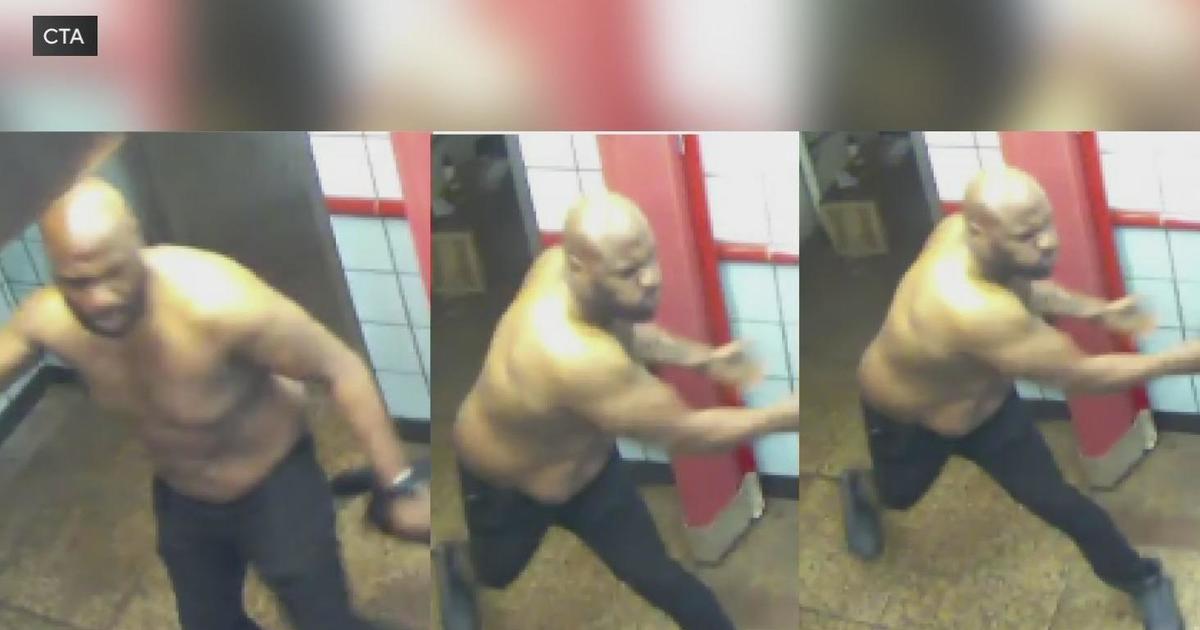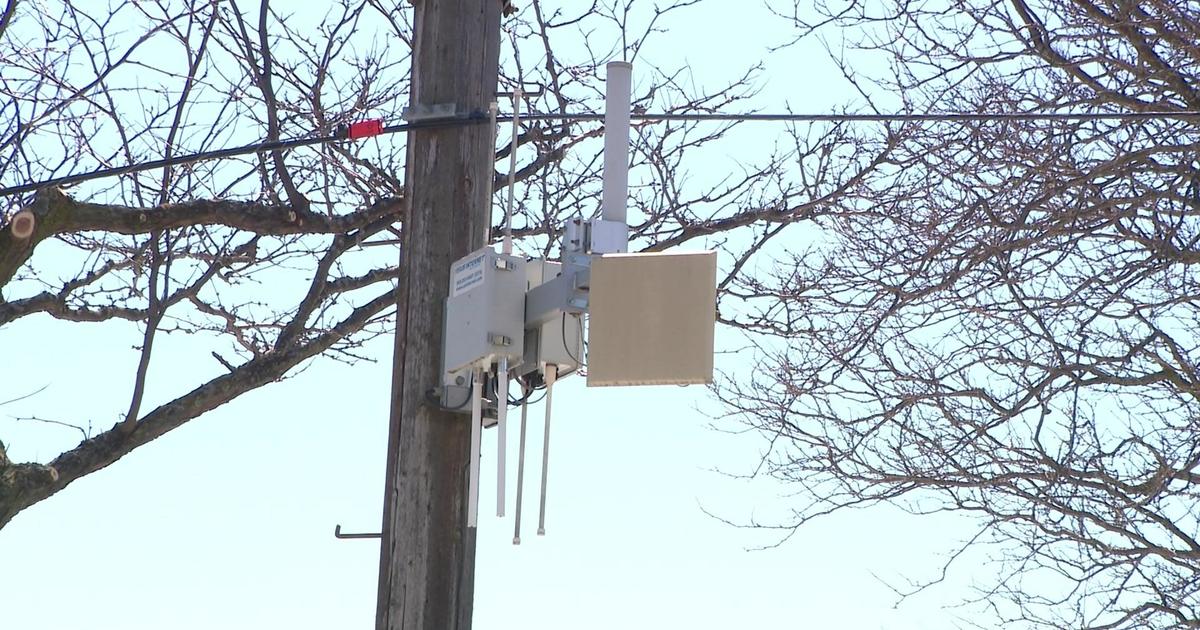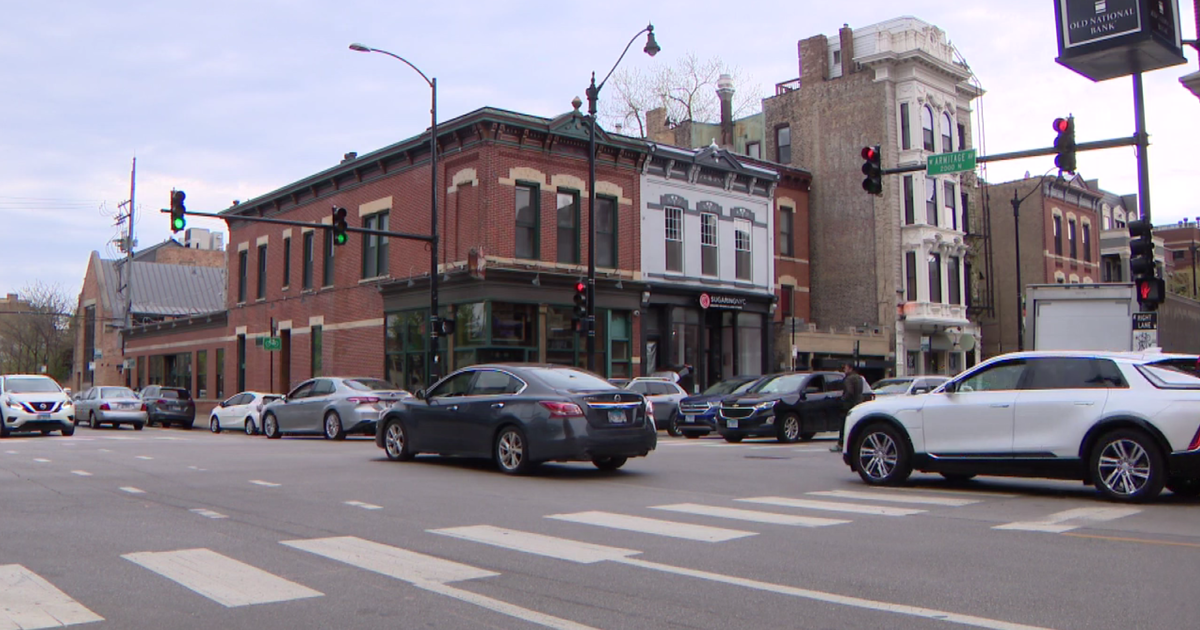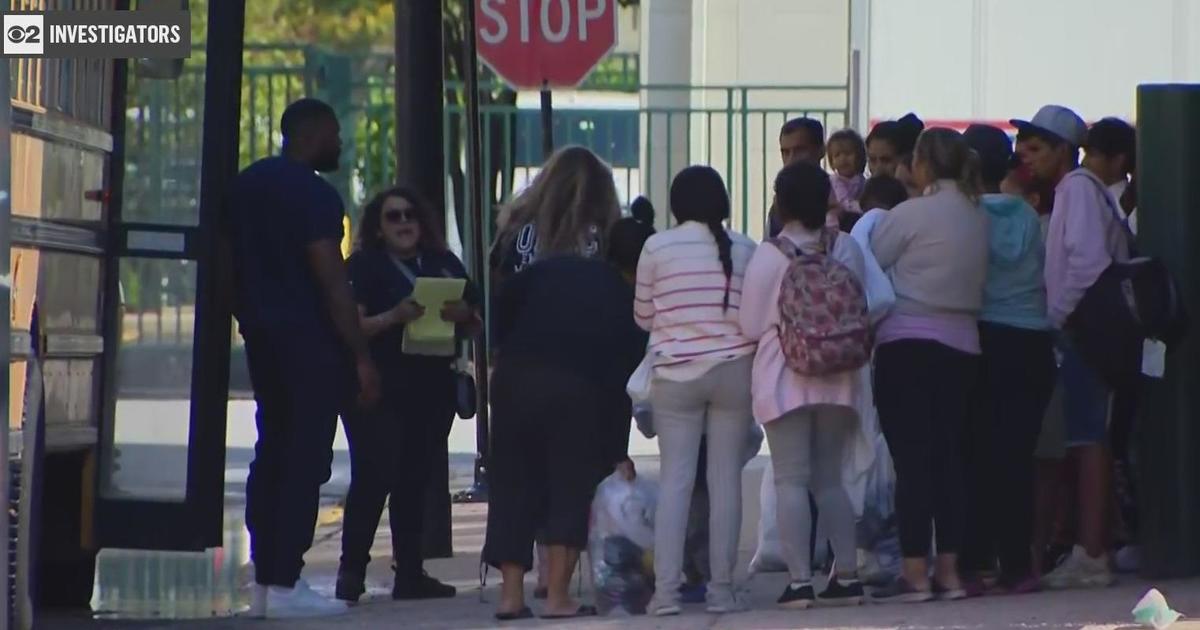Free Rides For Yellow Line Riders When Service Resumes Friday
CHICAGO (CBS) -- Free!
When the CTA's Yellow Line reopens Friday, for the first time since a May 17th embankment collapse, riders for the first eight days will pay nothing.
It's part of an aggressive campaign rebuild ridership on the line. CTA also will provide free parking for riders at its Dempster terminal through year's end. CTA is also doing outreach, going door-to-door in Skokie to urge people to use the line.
A reopening ceremony will take place at approximately 7:30 a.m. Friday at the Oakton-Skokie station, featuring local dignitaries who will be riding on the CTA's historic fleet cars, retired earlier this year, as well as its two newest rapid transit cars, delivered to CTA last month and held out of service until now.
Skokie Swift trains carried 2,900 riders a day before the collapse. A CTA spokesman generously said that ridership on free but far slower shuttle buses employed since the May collapse carried about half that number each weekday.
Regular 'L' service will resume with the regularly-scheduled 4:45 a.m. departure from Howard Friday, returning from Dempster-Skokie at 5 a.m. The bus shuttles will be discontinued after the last runs Thursday night.
Podcast
CTA chief of engineering and infrastructure Jim Harper conceded Wednesday that there was sharp disagreement with the Metropolitan Water Reclamation District (MWRD) over how the repair should be made. CTA operates in the area of the 1,200 foot collapse over an easement first granted in 1924 to the old North Shore Line interurban. The Swift was part of a longer line that linked Chicago with Milwaukee until 1963.
In the end, Harper said, CTA got what it wanted -- an embankment built to last 100 years and one that can accommodate track speeds of 70 miles an hour, although CTA currently has no plans to run faster than 55.
The new trackage has been tested without incident all week, as train operators get reacquainted with the line. Train signals and crossing gates have been checked and pronounced in working order.
The rebuilt embankment received an acid test almost immediately when CTA took control of it late last week, when its heaviest train -- a rail smoothing train designed to grind away rust and other ride imperfections, that includes a giant tank car filled with water -- passed over it a number of times. Harper said there was no settlement noted.
Surveyors employed by Walsh Construction will be checking the rebuilt embankment for signs of slippage or settlement daily in coming weeks. Pipes painted pink and spaced every 100 feet along both tracks will tell the surveyors if any slippage has occurred. Harper said the surveyors' checks are expected to continue, with decreasing frequency if no problems are noted, for six months.
Walsh was building a MWRD water disinfection plant immediately adjacent to the Yellow Line right-of-way, and dug the hole into which the embankment collapsed. That portion of the work is complete and the hole has been filled in. Harper said CTA insisted that the hole be filled before the embankment was rebuilt.
Total costs of reconstruction and related problems, such as the trucking of 'L' cars to and from the CTA's main heavy repair facility, Skokie Shops, just west of the collapse, is still being totaled but is expected to exceed $3.5 million, a CTA spokesman said. MWRD and Walsh are being billed.
CTA Director of Rail Maintenance Steve Roberts said he is pleased that the Skokie Shops are now reconnected to the rest of the 'L' system.
"It was difficult getting some of the equipment in and out of the shop," he said. "It was pretty involved."
The 'L' cars, normally run in pairs, had to be separated before being trucked using a circuitous route between Skokie and a facility at 63rd Street and Indiana Avenue, in Chicago.
"We were able to get by, move some of our efforts out into the field...it took a lot longer and a lot more effort because we have all the equipment out there (in Skokie)," he said.
Roberts said, despite the inconvenience, CTA was able to maintain its rapid transit fleet using the combination of trucking and repairs at its other shop facilities.



